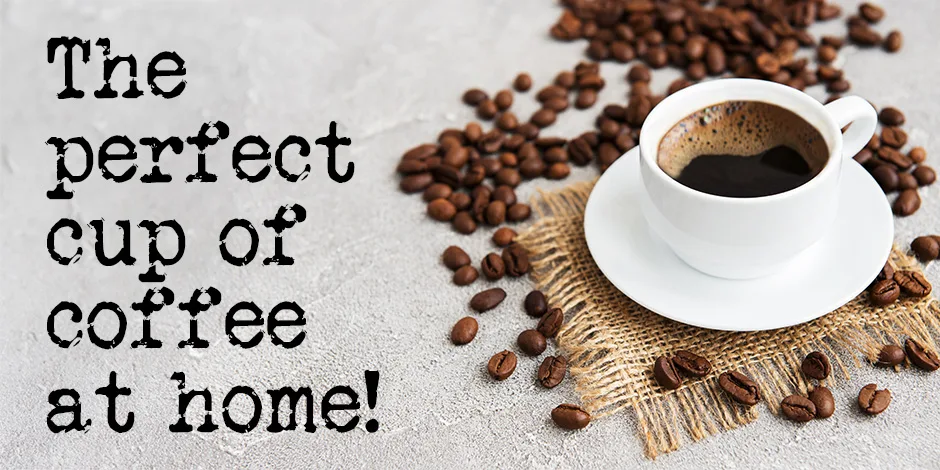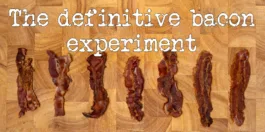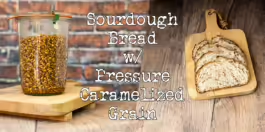Everyone craves that perfect morning brew but often believes it requires a barista’s touch or complex equipment. However, making an impeccable cup of coffee doesn’t have to be complicated. With a few straightforward tips and some simple tools, achieving that rich and aromatic flavor in your home kitchen becomes a breeze. Join us as we demystify the easy steps to coffee perfection, ensuring your mornings start on the right sip. This is my recipe for the perfect cup of coffee at home.
So, what is the perfect cup of coffee? Well, it’s not really up to me to decide, but I’ll give you the tools to find out what your perfect cup is.
If you are just here for the recipe, you can press the button underneath to be automagically transported to the recipe:
Jump to V60 Pour Over Recipe Jump to AeroPress Recipe Jump to VideoThe history of coffee
The rich history of coffee can be traced back to the ancient coffee forests of Ethiopia. According to legend, a goat herder named Kaldi discovered the energizing effects of the coffee bean after observing his goats’ lively behavior upon consuming berries from a particular plant. This observation piqued the interest of local monks, who crafted a drink from the beans and noticed they could stay awake longer during evening prayers.
By the 15th century, coffee seeds had reached the Arabian Peninsula. Here, in Yemen, the beans were first roasted and brewed like today’s practices. Coffee’s popularity burgeoned, leading to the establishment of Qahveh Khaneh, or coffeehouses, in cities across the Middle East. These venues quickly became hubs of intellectual and social discourse.
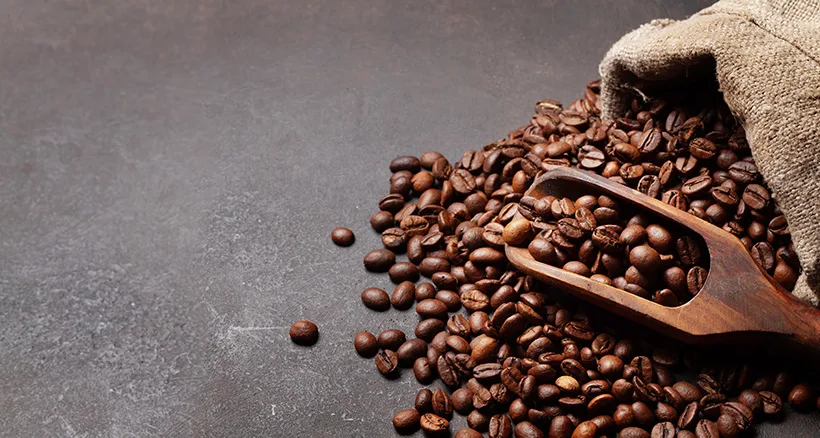
Europeans were introduced to coffee in the 17th century. It didn’t take long for coffeehouses to proliferate across Europe, acquiring the name “penny universities” in England due to the stimulating discussions one could partake in for the price of a coffee. The beverage’s soaring demand eventually drove European powers to establish coffee plantations in their tropical colonies, particularly in the Americas.
From its obscure beginnings in Ethiopia, coffee has journeyed through continents, shaping trade routes, spurring colonial expansions, and fostering global cultural exchanges, solidifying its place as a cherished global commodity.
What makes coffee taste like coffee?
The chemistry of coffee is incredibly intricate, involving an elaborate interplay of thousands of different compounds. These compounds largely determine its unique taste, captivating aroma, and stimulating physiological effects. The primary components include caffeine, chlorogenic acids, and a host of volatile compounds, each playing a pivotal role in what makes coffee such a beloved beverage worldwide.
Caffeine, a natural stimulant, is a predominant component of coffee and a significant reason for its worldwide consumption. It influences the central nervous system, enhancing alertness and combating fatigue. Another significant constituent of coffee is chlorogenic acids. These polyphenols contribute to coffee’s characteristic bitterness and are recognized for their antioxidant properties, potentially offering health benefits such as reducing inflammation and balancing blood sugar.
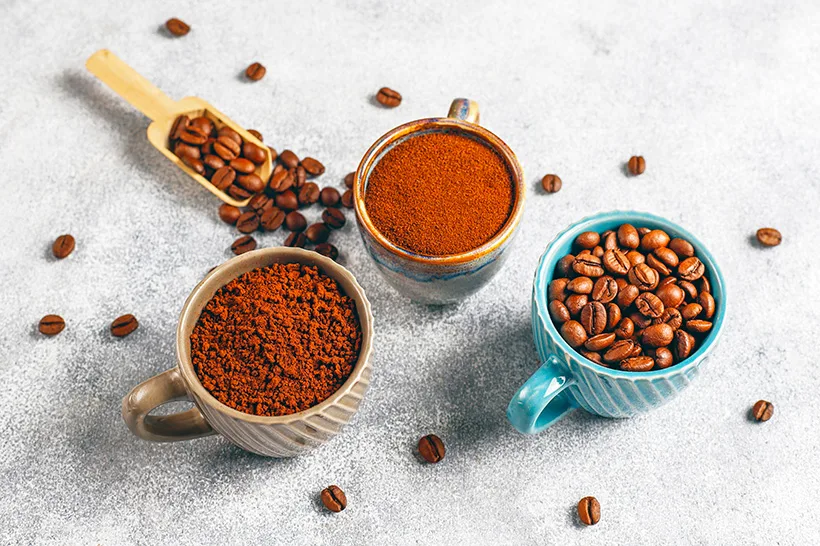
What does roasting coffee beans do for your perfect cup of coffee?
The magic of coffee’s aromatic profile, however, truly emerges during the roasting process. As coffee beans are heated, the Maillard reaction—a chemical reaction between amino acids and reducing sugars—gives rise to a plethora of volatile compounds. These compounds interact to create the enticing, warm, and complex aromas associated with coffee.
Finally, the brewing process is a critical stage where these components, locked within the roasted beans, are extracted into hot water. The extent and manner of extraction greatly influence the flavor strength and balance in the final cup of coffee. Variables such as water temperature, grind size, pressure, and brew time all contribute to the final extraction and, thus, the overall experience of the coffee.
In essence, the chemistry of coffee is an extraordinary dance of natural compounds and human intervention, resulting in a beverage that has captivated our senses and hearts for centuries.

So, what are the things that matter when brewing the perfect cup of coffee?
This is a list of the seven most important factors in the taste of your brewed cup of coffee.
- Origin of the Coffee Bean: The area and the geography of the place where the coffee bean was grown have a tremendous effect on the coffee you can brew with it.
- Altitude: Coffee grown at higher altitudes tends to mature more slowly, leading to beans with more acidity, brighter flavors, and a cleaner taste. In contrast, beans grown at lower altitudes often have a more robust, full-bodied, and less acidic profile.
- Soil Composition: The minerals and nutrients present in the soil can influence the flavor of the coffee. For instance, volcanic soils, like those in parts of Ethiopia or Guatemala, can contribute to the coffee’s unique mineral and fruity notes.
- Climate: Regions with distinct rainy and dry seasons can produce beans with more pronounced flavors. Temperature, humidity, and the amount of sunlight can all impact the growth of the coffee cherries and, therefore, the flavor of the beans.
- Processing Method: The method used to process coffee after harvesting, such as wet, dry, or honey processing, can impact its taste. For example, dry-processed beans often have fruitier, bolder flavors, while wet-processed beans might be cleaner and brighter.
- Roast Level: How and how dark the coffee beans were roasted is another super important factor in its flavor.
- Light Roast: Beans are roasted to a light brown color, and the roast is stopped before the second crack. These roasts often allow the intrinsic flavors of the bean, reflective of its origin, to shine through. They typically possess more acidity and may exhibit floral, fruit, or grain notes.
- Medium Roast: These beans are roasted until just after the first crack or early into the second crack. The acidity is balanced, and the coffee begins to develop flavors introduced by the roasting process, like caramel or toast.
- Dark Roast: Beans are roasted well into the second crack, resulting in a darker color and shiny, oily surface. The flavors of the origin become muted, replaced by bold flavors from the roasting process, like chocolate, nuts, or even smoky notes. The coffee will generally be more full-bodied and less acidic.
- Roast Profile: This refers to how a bean is roasted over time. Two beans can be roasted to the same final color but can taste different based on how quickly they were heated, how long they were held at specific temperatures, and the cooling process.
- Grind size: The size of your coffee grounds can greatly influence the taste. Coarse grounds (similar to sea salt) are generally used for methods like French Press, where the water and coffee steep together for several minutes. On the other hand, finer grounds (like table salt) are used for espresso, where hot water is forced through the coffee quickly. A medium grind is often used for drip coffee makers. Too fine a grind for a slow brew method can lead to over-extraction, making the coffee taste bitter. Conversely, too coarse a grind for a fast brew method may result in under-extraction, leading to a weak, sour flavor.
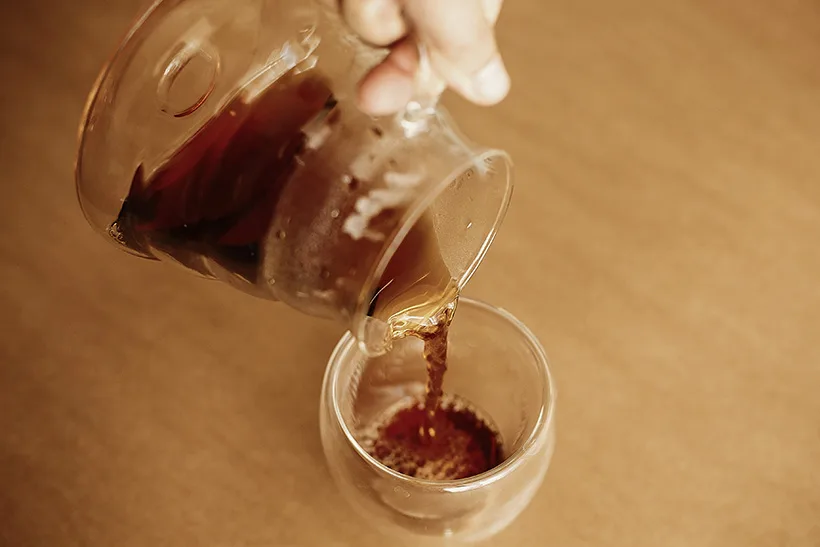
- Water temperature: The temperature of the water used for brewing also affects extraction. The ideal range is usually between 195°F – 205°F (90°C – 96°C). Water that is too hot can over-extract the coffee, leading to a bitter taste, while water that is too cool may not extract enough, resulting in a flat or weak flavor.
- Brewing time: The duration that water is in contact with coffee grounds also influences extraction. For example, espresso requires a brief, high-pressure extraction of 20-30 seconds, whereas a French press should steep for about 4 minutes. Too long a brew time can cause over-extraction (resulting in bitterness), and too short can lead to under-extraction (resulting in a weak or sour flavor).
- Coffee-to-water ratio: The amount of coffee used in relation to water can alter the strength and flavor of the brew. A common starting point is a 1:15 ratio of coffee to water (by weight), but you can adjust this to taste. More coffee will result in a stronger, potentially more bitter brew, while less coffee can lead to a weaker, possibly more acidic cup.
- Water Quality: The quality and mineral content of your water can dramatically affect coffee’s flavor. Coffee is mostly water, after all. Water that is too pure can lead to flat-tasting coffee, while water with too many minerals can overshadow the coffee’s natural flavors. Many coffee experts recommend using filtered water for brewing.
What’s the best method for the perfect cup of coffee?
There are so many ways to brew coffee: Drip Coffee Maker, French Press, Espresso Machine, AeroPress, Pour Over (Manual Drip), Siphon, Moka Pot, Turkish Coffee, and Percolator.
There might be some I haven’t heard of, but here in Denmark, the most common way to make coffee at home is a drip coffee maker. Except for the Mokka Master, it is rarely very good, and on top, people will often totally over-dose on coffee grounds, making something so bitter that it is barely palatable.
I have developed two recipes for two methods using different devices to make absolutely gorgeous coffee at home. One is a pour-over method using a special funnel called V60, and the other one uses a little (very portable) device called the AeroPress, which is a little plastic tube with a filter at the end and the coffee is pressed out using a plunger.
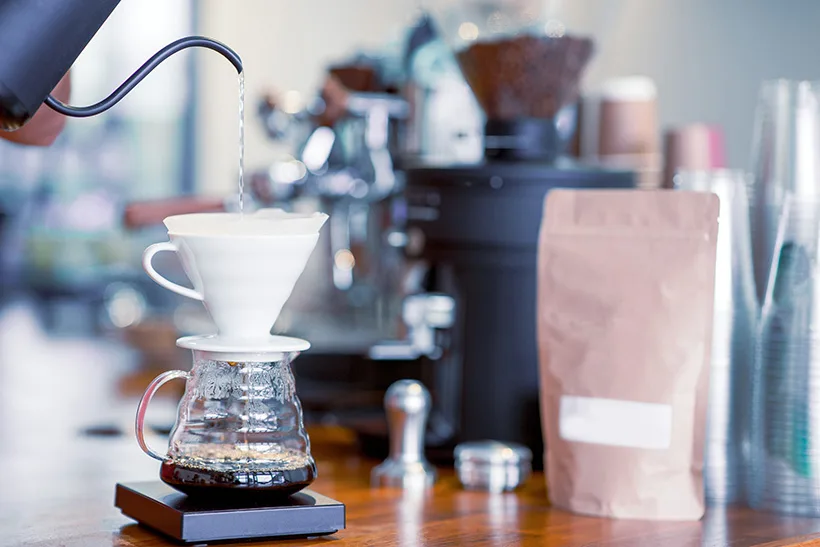
Which one is the best one? I use both these methods to make coffee at home. The AeroPress is clearly much faster, but there’s just something about V60 pour-over coffee that makes it my perfect cup of coffee.
When it comes to price, the AeroPress is much, much cheaper, and is there really enough of a difference to the V60 brewed coffee to warrant the higher price?
If you want to brew V60 pour-over coffee, click the button: Jump to Recipe
If you want to brew AeroPress coffee, click the button: Jump to Recipe
Now, you only need a perfect companion for a perfect cup of coffee. Let me suggest med most amazing fudgy sourdough brownies. The best brownies I’ve ever tried.

Share this recipe for the perfect cup of coffee at home on social media
This is my recipe for the perfect cup of coffee at home. If you like the recipe, please consider sharing it with like-minded coffee lovers on social media.
If you make it and post it on Instagram, please tag me as @foodgeek.dk so I can see it. That would make me very happy.
Ad links! Links for equipment and ingredients in this recipe are affiliate links, which means I will get a commission if you purchase the product!
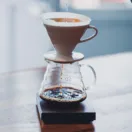
V60 Pour-over Coffee
Ingredients
- 15 g coffee beans or medium fine ground pre-ground coffee
- 250 g water just boiled
Instructions
- Place a Size 02 filter into the V60, and place the V60 over a cup or a glass server.
- Boil a kettle of water. Pour the water into the V60 and make sure the filter is wet.
- Set your Hario hand grinder to 6 clicks from closed, and grind the beans.
- Pour the water used for heating out. Pour the grounds into the filter, and create a well in the middle.
- Tare the scale and start the timer.
- Hydrate the grounds with 30g of water (twice the amount of beans). Swirl the brewer until the slurry is even
- When the timer hits 45 seconds, complete the first pour till the scale shows 150g over the next 30 seconds.
- When the timer shows 1 minute, 15 seconds gently complete the second main pour till 250g over the next 30 seconds.
- Stir gently clockwise and anticlockwise to kick grounds from the sides. Gently swirl the brewer to flatten the coffee bed for even extraction
- Aim to finish drawdown by 3 minutes, 30 seconds
Video
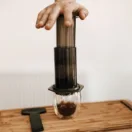
AeroPress Coffee
Equipment
Ingredients
- 14 g coffee beans or medium fine ground pre-ground coffee
- 200 g water just boiled
Instructions
- Grind the beans into a medium-fine coffee powder
- Pour in the just-boiled water. Stir 3 times with the stirring attachment.
- Insert the plunger and pull back a bit to create a vacuum, so coffee doesn't drip out
- After 1 minute remove the plunger and stir 3 times. Insert the plunger and press it down all the way



